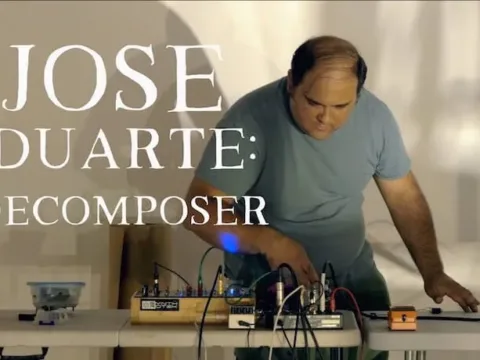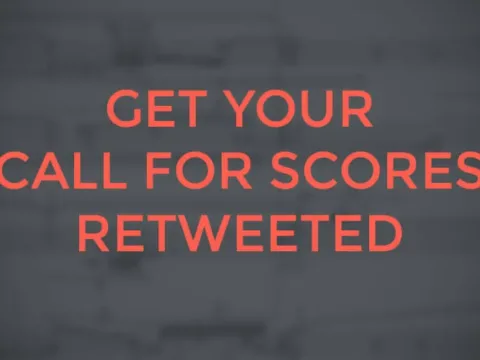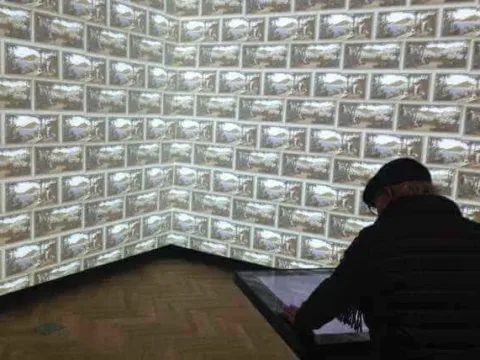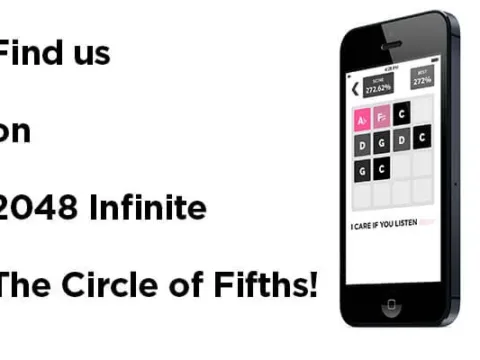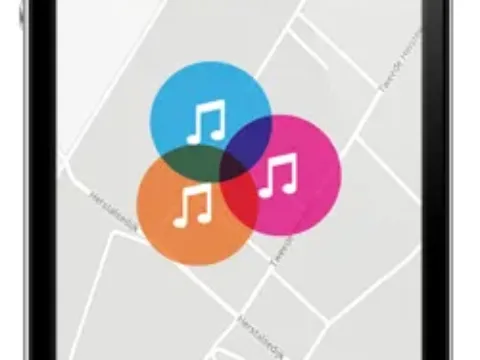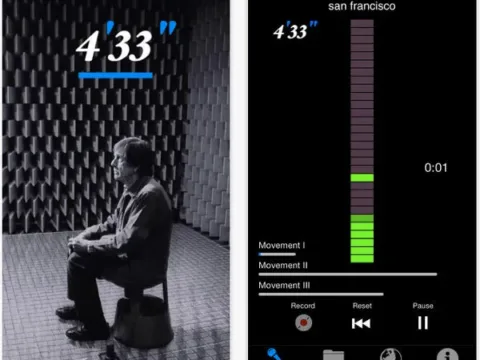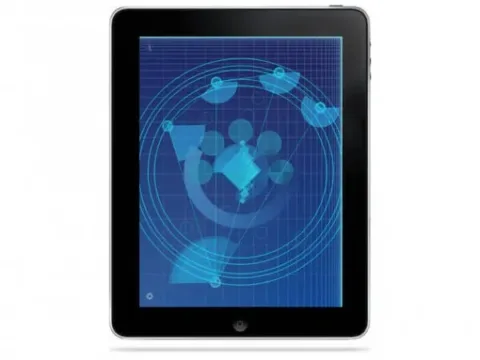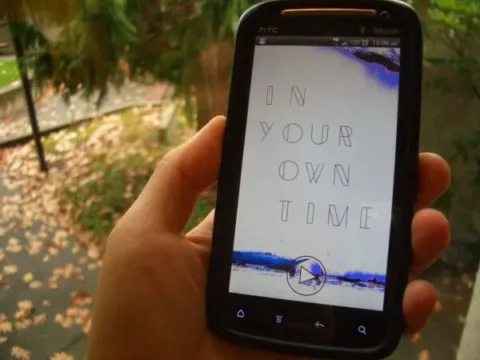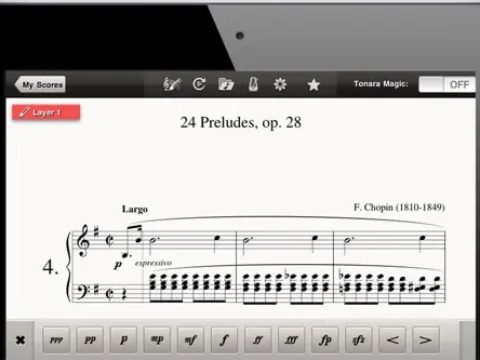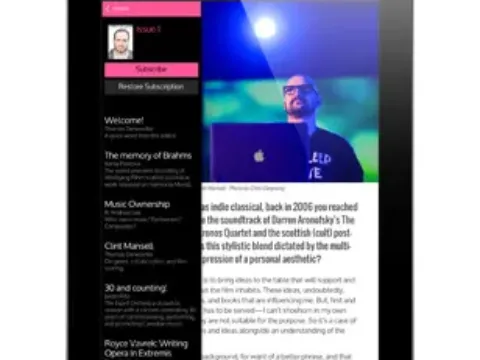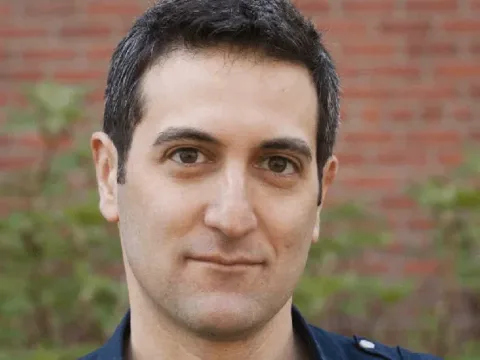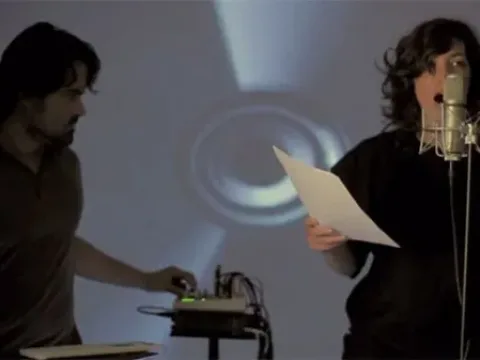This month’s theme of Monthly Music Hackathon NYC is New Musical Instruments. Friday, July 24 at 8pm at Spotify’s NYC offices, ten musical instrument inventors and builders will talk about and demonstrate their work. Below, three of those artists discuss their art and why this event is important to them. Saturday, July 25th from 10am to 8pm will be a New Musical Instruments Hackathon, in which all are invited to come make anything they want related to new musical instruments or music in general. A demonstration will follow at 8pm.
Why create new instruments?
Thessia Machado is an artist and a musical instrument inventor. For her, “one of the impulses to create instruments comes from unabashed curiosity. I really want to see this idea that I’m having realized, so I must make it. I want to hear how it sounds—how certain physical things affect each another.”
Jeff Snyder, a composer, improviser, instrument-designer, and associate research scholar at Princeton University was facing another issue when he started working on electronic wind instrument designs in 2009: “the existing commercial solutions didn’t do what I wanted,” he said. “Even though I don’t have any performance skills on wind instruments, I wanted to have a ‘wind’ instrument as part of my ensemble.”
“I make musical experiences that allow people to play music together,” said Phoenix Perry, a professor, researcher, artist, and game entrepreneur. For her it’s about sharing, connecting, and creating together: “I make these things so people can step into [them] and author them with me.”
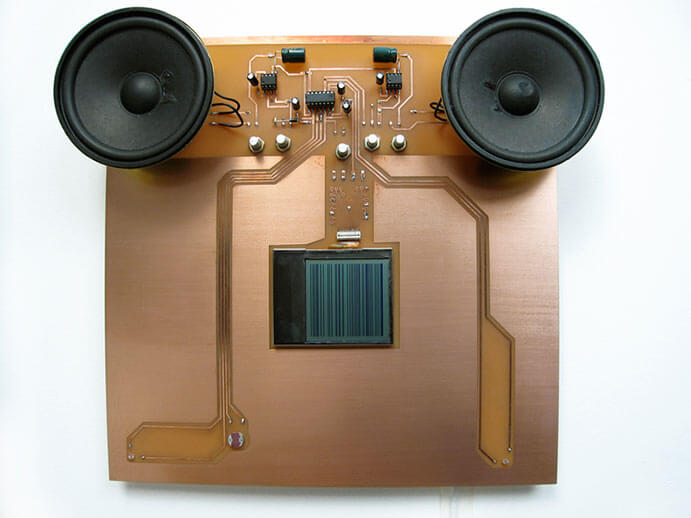
What comes first? Art or Tech?
Of course, there are no rules. Inspiration is inspiration and working with technology does not make a difference. “Sometimes the trigger for a project is a concept, such as translation,” said Machado, “or a physical interaction, as in a wheel spinning against a guitar string.”
“Sometimes I get the idea for an instrument first,” said Snyder, “then I research to find out what technologies could best implement my goals. Other times, I am inspired by a technology and immediately see how it could be applied to instrument building.”
For Steven Kemper, assistant Professor of Music Technology and Composition at Mason Gross School of the Arts (Rutgers University), “making art with technology, especially hardware, is inherently subversive as it involves repurposing materials designed for commercial purposes. This type of art can teach people about how technology works, the role of technology in society, and engage their imaginations about what is possible.” Kemper designs and constructs robotic instruments with Expressive Machines Musical Instruments (EMMI) and seeks “to renew the relationship between physical gesture and acoustic sound production, while maintaining the flexibility of computer control.”
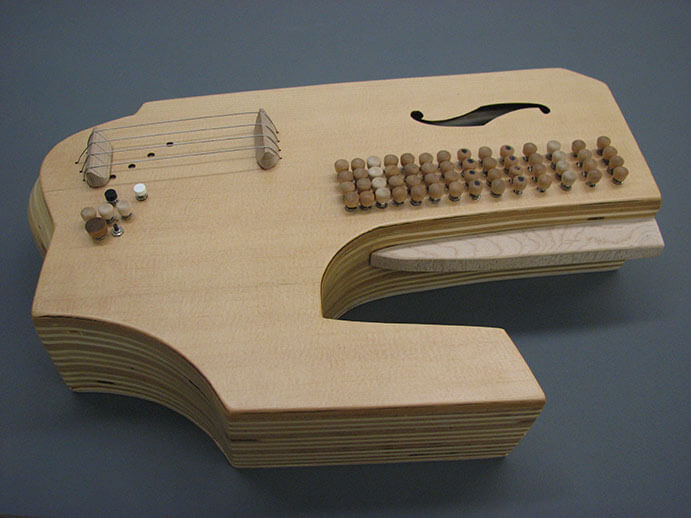
Where does one start building instruments?
Any skill can be used towards the making of new instruments since, according to Machado, “the beauty of making your own instruments is the possibility of approaching their creation from whatever angle excites you in that moment.”
It is very easy to get trapped in the software, though. According to Perry, there are deeper questions to ask first, such as “what is an oscillator anyway?” or “how does electricity turn into sound?” Indeed, “most of the software tools and platforms are limiting a deeper understanding of what is happening because they are models of the physical world. There’s something satisfying about understanding how fundamental sound is by working with just raw materials.”
Where to start, then? “I think the most important thing for a beginner is to start with a strong musical concept. Have a vision for the type of sounds/music you’d like to make, and that will determine the best approach and which skills to develop,” said Kemper.
When asked, the artists often referenced Handmade Electronic Music: The Art of Hardware Hacking by Nicolas Collins. “It provides recipes for projects ranging from the super simple, connect a battery to a speaker for clicky noises, to complex oscillator and distortion circuits,” said Machado. A must read.
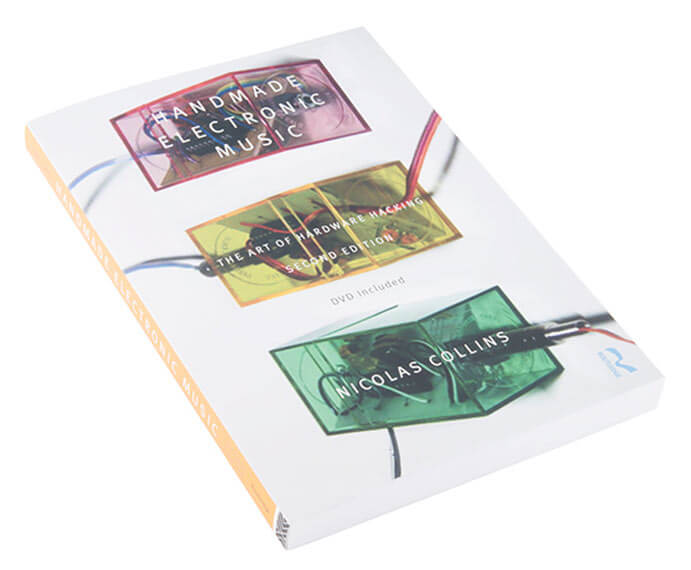
A place to discover—and to try.
In a recent interview, Jonathan Marmor (founder of the Monthly Music Hackathon NYC) described the series as a block of time for people “to work on whatever creative music project [they] like, share [their] ideas with other folks interested in music with an extremely diverse range of experiences and expertise, meet potential collaborators, and perform or talk about [their] work.”
Once again, the panel of artists/creators is stellar and the topic should spark some great collaborations. “I’m curious to see how and with what people express their musical thoughts. And I too am very curious to see what I might learn,” Machado told us.
The free event is open to all and spans two days: Friday, July 24 and Saturday, July 25. It takes places at Spotify’s NYC offices. For more information visit: http://monthlymusichackathon.org.

